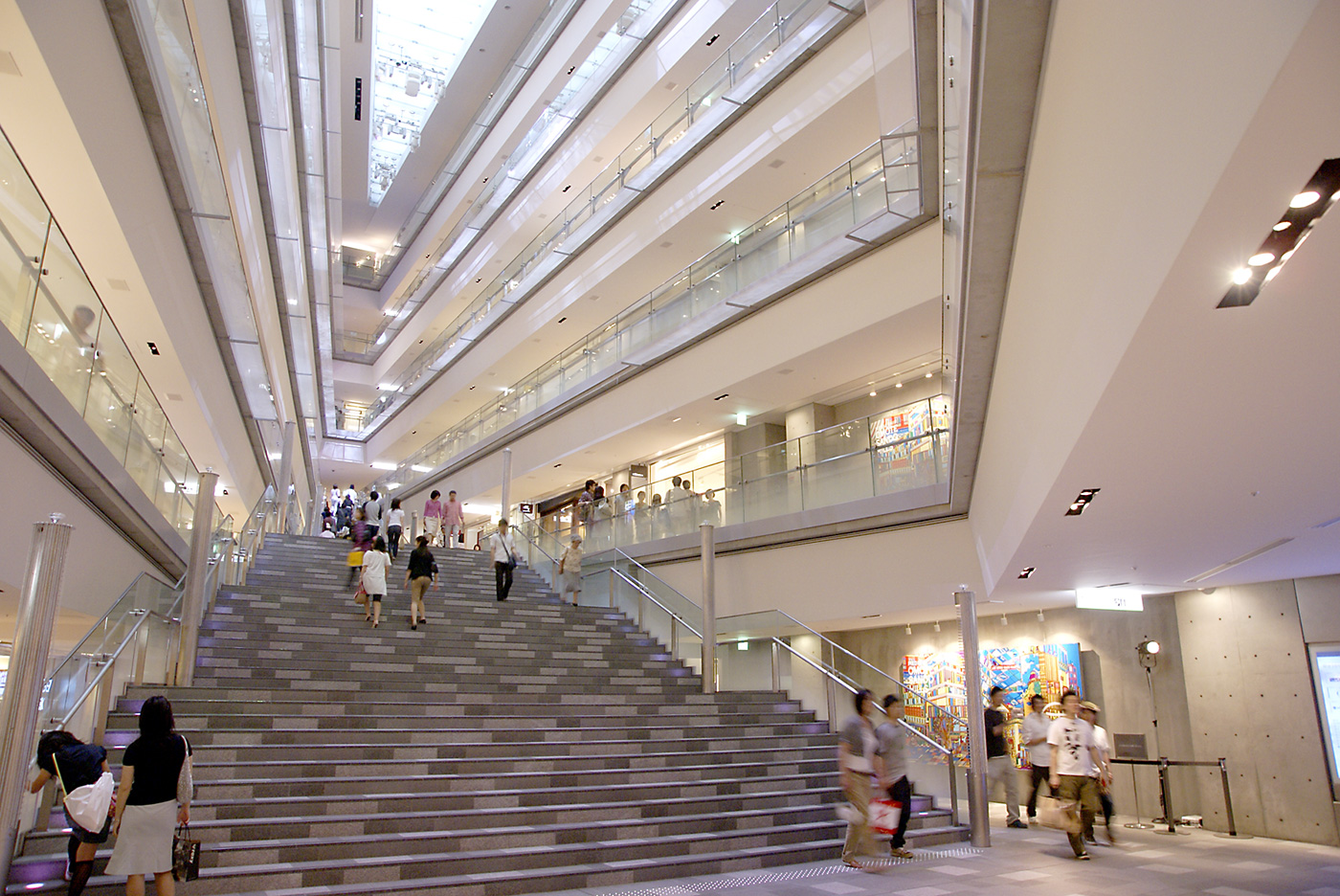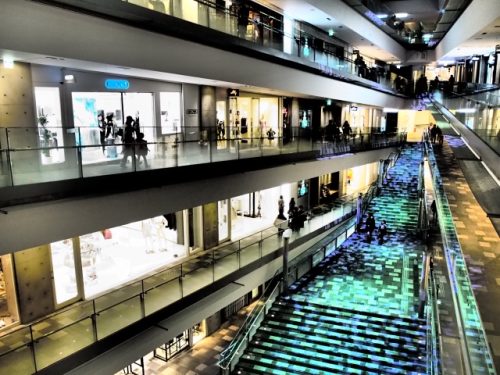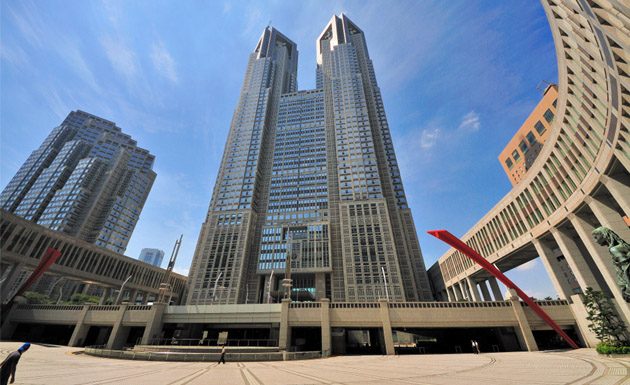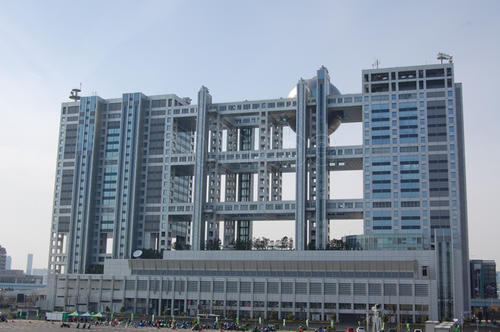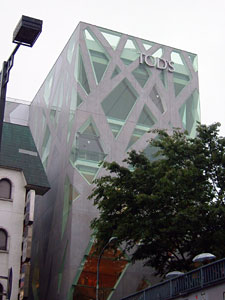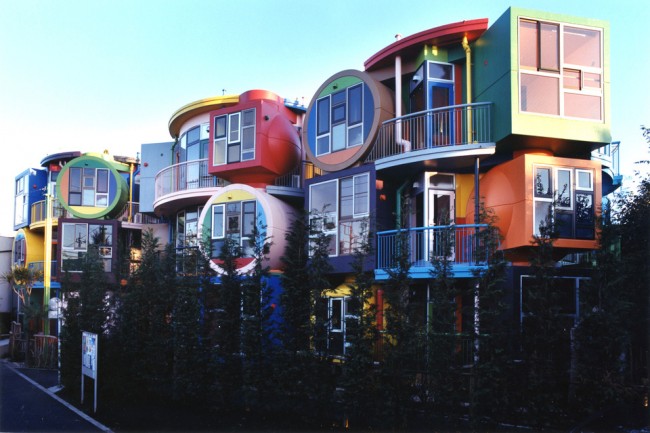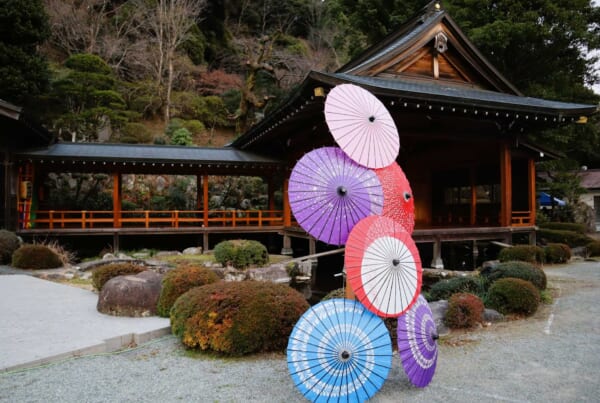When you walk around any of the cities of Japan, you will definitely find some things that make you stop and appreciate a kind of beauty that I personally think is intimately linked to the aesthetic fiber of this society. Specific ways of arranging boxes outside any store, plastic miniatures at the restaurant displays, the remnant of some festival (matsuri) that took place last night.
Omotesando Hills (Source: photo AC)
All of these details are part of the general cultural aesthetic, but there are some parts to the overall Japanese aesthetic that are more renowned internationally. Although we probably do not know a lot about them, I would like to share with you some of the work of the great Japanese architects. Since their numbers are high and they are located in different cities in and out of the Japanese archipelago, what I am proposing in this article is to tell you about my favorite ones in the Tokyo and nearby, so that in your next visit to the capital, you will be able to appreciate these works that will undoubtedly be part of the history of Japanese beauty.
Tokyo Metropolitan Government Building (Source: Datuopinion )
Let me start with a “titan” of Japanese architecture. It is most likely that you would have heard of the name Tadao Ando at sometime or other. He is an architect whose work has been categorized as “critical regionalism.” One of the more interesting points to note is that he was self-educated. I mean, he did not receive a formal education regarding the design of habitable spaces. The list of projects he is and was involved in is huge, but his works located in the metropolitan area of Tokyo are as follows. In the Setagaya area: the Okusa House, Kidosaki House, Ito House and the Clinic Fukuhara. In the Minato area: 21 Design Sight, Collezione and Sesaki House. The famous Omotesando Hills, Tokyo Skytree and Kaminoge Station are part of the group of projects he was involved in as well.
Fuji Television building (Source: Minube)
Another giant of Japanese architecture is Kenzo Tange, father of a lot of the most imposing buildings in the national capital. Among his work, these stand out: the Tokyo Metropolitan Government Building in the Shinjuku district, which has one of the best views of the city, the Fuji Television building in Odaiba, the Shizuoka Press and Broadcasting Tower in Ginza, the Sogetsu Kaikan in Aoyama, the astonishing St. Mary Cathedral, the Yoyogi National Gymnasium and the Rikkyo University Library in Ikebukuro.
Tod’s Omotesando Building (Source: arcstyle)
A professional that cannot be put aside is Toyo Ito. Even though he has worked a lot over the entire Japanese archipelago, the list of the works you will appreciate in the zone is not that vast. With his design and supervision, you can find the Tod’s Omotesando Building in the Omotesando district, the Tama Art University Library and the Za-Koenji Public Theater located in Suginami.
Source: Reversible Destiny Lofts
Moreover, there are emblematic buildings where their architects are yet to be renowned or they have not received specific international renown from the academic circles. Among them you can find the Reversible Destiny Lofts (1997) by Shusaku Arakawa and Madeleine Gins, the Nakagin Capsule Tower (1974) by Kisho Kurokawa, the Mode Gakuen Cocoon Tower (2008) from the Tange Associates studio, the De Beers Ginza Building (2008) by Jun Mitsui & Associates Architects, among so many others.
Even if you are not a professional related to architectural design or habitable spaces and buildings, you will surely be able to appreciate the great work of these famous and great Japanese architects. Have your camera and your wide lens or your draft book ready. Enjoy all of these wonders!


